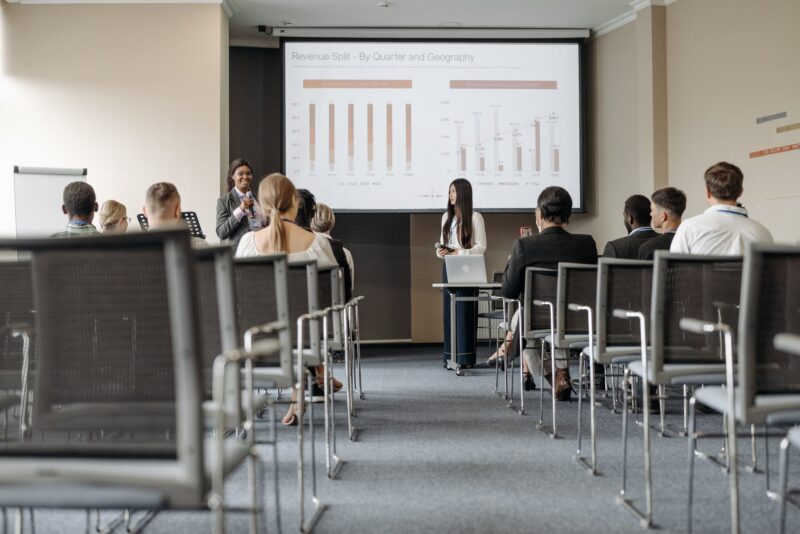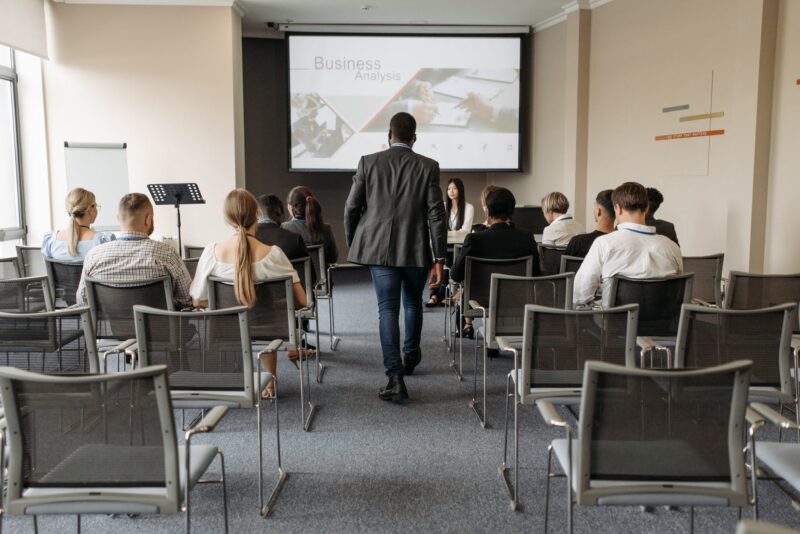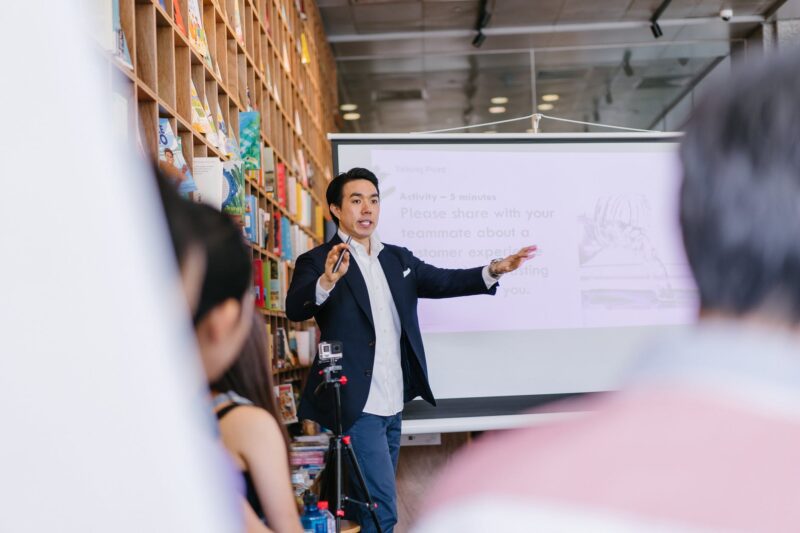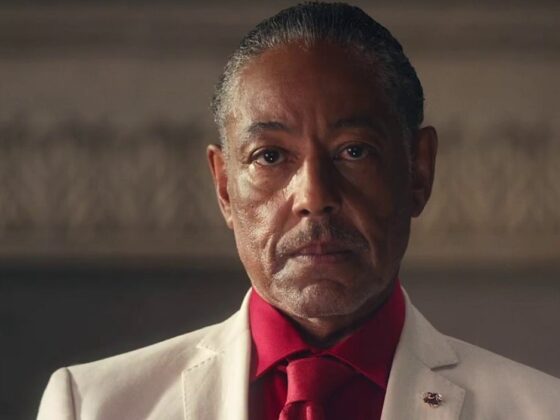In this series, we will be exploring the Paleo diet and lifestyle to help you gain a better understanding of how it can benefit your health.
The paleo diet recipes is a seminar that will be held in the future. The seminar is about the paleo diet and how it can help with weight loss, diabetes, and other health issues.
Is our twenty-first-century society a good match for our prehistoric physiology? Many fitness professionals, eaters, and scientists, including ourselves, are debating the issue.
That’s why we accepted an invitation to speak at PaleoFX last month, an ancestral health conference that brought together everyone from doctors and university professors to chefs and “natural exercise” advocates to discuss what it means to eat, move, and live in “Paleo”-friendly ways.
Let’s be clear about something. We at PN don’t always identify with the more dogmatic “Paleo” factions, which is why we prefer to refer to ourselves as “primal” or “ancestral” rather than “Paleo.” (Click here for more on our perspectives on the subject.)
However, we believe that the primal or ancestral health movement has something to teach everyone. Many aspects of this approach are even used in our Lean Eating Coaching Program, the world’s largest body change effort.
That is why we decided to give a presentation. We wanted to share some of the lessons we’ve learnt from our 8,000+ clients. And how, by grasping the reality of change, we can combine the most effective aspects of life-changing, research-driven nutrition counseling for everyone… without becoming mired down in minutiae or dogma.
This is a must-see video series for anyone interested in learning how we, as coaches, may adapt the ideals of healthy living (including ancestral health) in a way that supports a client’s ability to change.
Even if you’re not a coach, you’ll learn a lot about how the change process works and how you can utilize it to improve your chances of success.
To begin, press the play button below to begin Part 1 of this lecture. The video for today is roughly ten minutes long.
Click here to download an audio or video version of this file. Please wait a few minutes for the downloads to complete.
Some essential health principles from the past
The evidence supporting a “primal” or “ancestral” health approach is mounting. And researchers from a wide range of disciplines — nutrition, physical education, biochemistry, anthropology, agriculture, genetics, medicine, and so on — are collaborating to see how this method might help us better understand and enhance people’s health, fitness, nutrition, and general wellness.
The details are still being worked out by the researchers, but here are the main points:
- Our “old” bodies are attempting to adapt with “new” demands and routines, and evolution is gradual. Novel meals, technology, and modern environs are among them.
- The disconnect between what we developed to perform and the demands of our new circumstances can lead to stress and a variety of health issues.
- We can improve our health and well-being by making a few easy modifications that bring us closer to our evolutionary history.
There is now some disagreement regarding what these modifications should include. Nonetheless, there is broad consensus that the modifications should include:
- Getting outside for sunshine, fresh air, and natural settings on a regular basis
- consuming complete, unadulterated foods that our systems can adequately absorb and utilize
- minimizing technology distractions and “noise” to the greatest extent possible
- trying to increase our focus, mindfulness, and awareness
- keeping in line with natural light/seasonal cycles (e.g. going to bed when it’s dark)
- reducing mental, emotional, and physiological stress, particularly chronic stress
- Using our entire bodies in complicated movements; moving in a natural, effective manner
- …and as much as possible playing
Following the basic concepts outlined above will almost certainly make you healthier and happier. There’s only one problem:
How do you go about doing that?
Consider this: Have you ever tried to make a major lifestyle change but found it difficult to stick to or were overwhelmed by the details? We’re in the same boat. It makes no difference whether you think the change is fantastic, excellent for you, approved by “experts,” or a decent idea… the challenge remains the same:
How do you go about doing that?
Rather than focusing on all of the minutiae, the approach begins with a consideration of the nature of change.
‘s perspective on change

Change is difficult. That’s OK. It simply means that there are some critical phases along the way to transformation that we must be aware of.
We have a lot of expertise with these stages because they’re the cornerstone of our Lean Eating Coaching Program…and they’re what makes our coaching so effective.
“Life-changing, research-driven nutrition coaching for everyone” is our mission. And the “research-driven” aspect is crucial because it lays the groundwork for comprehending change.
In other words, our understanding of how change occurs isn’t based on shaky assumptions or a humiliating fitness authoritarianism tradition. Instead, it is based on behavioral, psychological, and neurological research. And it’s all based on our own research with tens of thousands of customers.
We’ve seen it happen in over 8,000 people, so we know what it takes to transform one’s body and behavior over time. We’ve tried a variety of methods to see what works and what doesn’t. As a result, our adjustments become permanent.
Your text will be rewritten by QuillBot. Start by typing or pasting something into this box, then hit the enter key.
That’s not how we do things around here. Clients are well on their path to permanent change after working with PN. We truly do assist in the transformation of entire lives – settings, behavior, thinking, and one’s entire identity – to the point where reverting to the previous way of being is very difficult.
We’re capable of doing so because we’re obsessed with three questions.
- What causes people to change?
- Why do people change their minds?
- What can we do to assist?
Weight loss, body composition changes, blood marker improvements, and building a healthier relationship with food are all straightforward and immediate outcomes of answering these questions.
The Evolutionary Change Paradox
Evolution is a delicate balancing act. To adapt, we require suffering and challenge. When we’re confronted with new situations, we’re generally at our finest. All organisms, on the other hand, oppose change in order to protect themselves. Homeostasis, or maintaining the status quo, is preferred by organisms. In general, no living thing wants to change. We’d rather just cruise along, keeping everything in check.
As a result, we have a paradox:
- We want to assist people in eating and moving in ways that are compatible with their evolutionary history.
- People, on the other hand, will fight this transformation for evolutionary reasons.
What is the solution to this conundrum? Once again, we must begin by comprehending change.
As a result, in this three-part video series, we’ll:
- illustrate how individuals think about change in general
- describe the process of change
- show how this tension can cause us to be perplexed
- share client anecdotes that demonstrate how this tension is resolved
How we assume change occurs vs. how it occurs in reality

Most of us believe that change is the result of rational decision-making.
For example, we believe that all we need to do in nutrition is present individuals with a sensible explanation. From there, they’ll recognize our logic’s tremendous value, get incredibly driven to overhaul their entire lifestyle, change everything at once, and go on to tell a magnificent change story, never looking back.
Our objective is that people are already interested in fitness, that they are highly motivated, that they are motivated by a sense of accomplishment, and that they are 100% ready to get started right away.
(We also presume that people are scientifically literate and interested in the finer points of argument.) So we slam them with science and reasoning).
Unfortunately, if we think that change is simple and that everyone can be persuaded of the scientific virtues of a certain practice through logical argument, we’ll be left scratching our heads and wondering why people are so irrational. Soon after, we’ll be wondering why, no matter how hard we try, no matter how much we care, we can’t manage to assist individuals make positive changes in their lives.
That is why it is critical to observe change as it occurs.
Get to know Maria and Dave
Today’s film, for example, introduces you to Maria and Dave. Each has their own set of obstacles to overcome, although they are all quite typical. Whether it’s Maria’s full-time job and her responsibilities as a caregiver for an aged parent and a little child. Or that Dave is not just a dad, but also works long hours and lives in a neighborhood where only a small percentage of his peers exercise. Both Maria and Dave have a lot of good reasons for their bad health and obesity.
When you consider the demands on real people’s lives, such as Maria and Dave’s, it’s no surprise that they don’t alter. When they truly do, we should be shocked.
Sure, in our long-term success tales, most perceived barriers – time, energy, money, stress, identity, ability, understanding, and confidence – are all overcome. However, these frequently necessitate assistance. The kind of aid we’re talking about isn’t a 4-day workout split and a rigorous set of food regulations. Help comes in a variety of forms for folks like Dave and Maria.
Maria and Dave need to be met where they are now, rather than being forced to follow some severe workout or restrictive eating regimen that we think they “should” be following. And it requires paying attention to what “is” rather than what “should be.”
(Note: The only way to assist clients overcome their lack of confidence, as well as the profound ambivalence that comes with change, is to meet them where they are.) In the next videos, I’ll go through this in further detail.)
Quick summaries and takeaways
Part 1 of this video series is now complete.
We’ll delve deeper into the transformation process in Part 2. We’ll illustrate how a greater grasp of the psychology and neuroscience of change might help us adapt more effectively and without feeling overwhelmed. We’ll also talk about how to help others make changes.
For the time being, these are today’s takeaways:
- An “ancestral” approach can improve our health by following a few simple rules. We don’t even have to live in a cave to do this. All we have to do now is adopt some of the best practices that the majority of experts agree on.
- Even if we know what we/our clients “should” be doing, only a small percentage of them actually do it. That’s fine since change is difficult. Rather than believing that change is simple and seamless, we must recognize it for what it is and effectively steer the process.
- Change is something we’re used to at. We currently coach more clients than any other nutrition coaching firm in the globe. And our work’s success is based on a thorough comprehension of the transition process.
Find out more
Want to get in the best form of your life and keep it for the rest of your life? Check out the 5-day body transformation programs below.
What’s the best part? They are completely free.
Simply click one of the links below to access the free courses.


